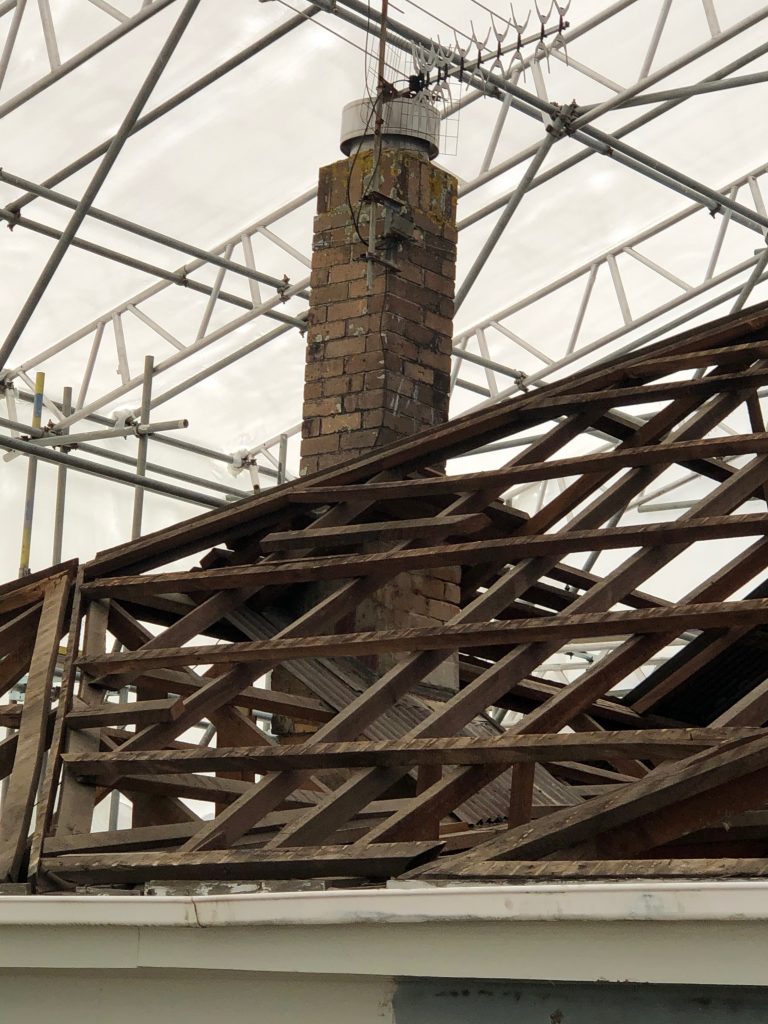Is it worthwhile recladding your Auckland house?
February 20, 2020

Recladding your Auckland home involves replacing any part of the exterior envelope. This could be an outcome of weather-tightness issues or for cosmetic reasons
Leaky Homes
In the Nineties New Zealand construction and real estate industry went through a controversial period. Poorly designed homes covered in monolithic plaster cladding resulted in weather tightness issues. These houses often described as ‘leaky homes’ became a big issue.
The government website settled.govt.nz states: “If the home you want to buy was built between the late 1980s and mid-2000s, there is a risk that it may be a leaky building. We use the term ‘leaky building’ because the problem is also found in apartments. These buildings can be very expensive to fix, so it’s important to get as much information as you can before you buy it.”
In a leaky building, the moisture gets between the outside of the house (exterior cladding) and the inner walls. Buildings that have a high risk of leaking were mostly built between the late 1980s and the mid-2000s. These buildings mostly used plaster-style monolithic cladding systems. The exterior walls typically have an unbroken or smooth appearance.
Plaster-style House
The wariness surrounding the ‘chilly bin’ houses due to the leaky building issues may prompt homeowners to look for a permanent fix. There is a great deal of stigma that still surrounds these homes. A recent advertisement on a real estate website shows how these plaster-style homes are perceived when they need to be sold: “It was built in 1988 before the leaky homes period, and while this is not and never has been a leaky home, he understands there is a ‘stigma’ attached to the cladding and discounted the price accordingly.”
Building Inspection
People who are interested in a house or apartment with cladding of this type, should get an independent building inspection or a weather-tightness expert to inspect the property, because there may be no obvious signs of problems. However, if you buy a property you know is leaky or has a high risk of becoming leaky, be aware of the risks to your health and the financial impact this may have.
Recladding Repairs
Such buildings need remedial repairs due to weather tightness issues. Houses and multi-unit apartment buildings can all be repaired to make them warmer. Auckland homes have successfully been repaired and these warm, dry homes have stood the test of time. The exterior cladding or envelope is a protective layer of materials that separates a building’s structure and interior from exterior elements. The term reclad or recladding means to replace any part of the exterior envelope (component or system) used on the outside of the building to prevent the ingress of moisture and includes over-cladding or targeted repairs.
To Reclad or not
The New Zealand Building Act and Building Code have addressed issues associated with leaky homes with the requirement to have a cavity behind the exterior cladding to allow water and moisture to escape. The popular cladding options in New Zealand are timber, brick, plaster and concrete. The decision to reclad could thus be to refresh the exterior that even repainting or other finishes can help with.
With a leaky home, it is worthwhile recladding in full or on a targeted basis, when the house continues to be occupied. On the other hand, if the purpose is to sell the house and the total cost of recladding is too high compared to the increase in the value of the house after recladding, it may be best not to reclad.
The critical part is to ensure homeowners work with recladding specialists who are experienced in managing the entire project and process including working with Auckland Council building control inspection officer, construction consultant, builders, tradespeople and others involved.
Reference:
https://www.settled.govt.nz/buying-a-home/researching-the-property/learning-about-leaky-buildings/
https://www.aucklandcouncil.govt.nz/building-and-consents/building-renovation-projects/Pages/re-clad-your-home.aspx






